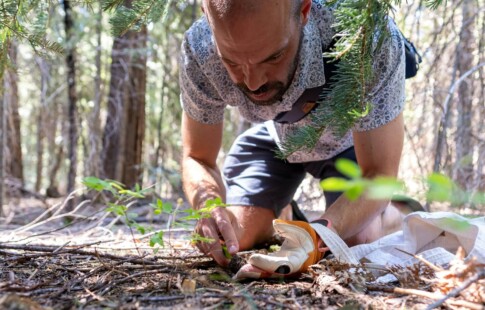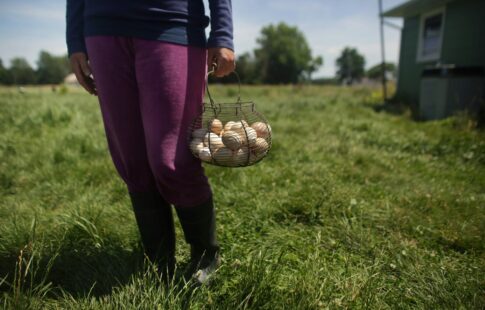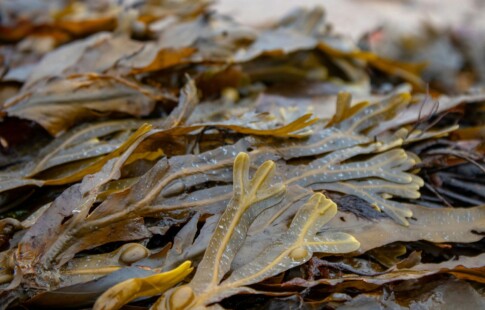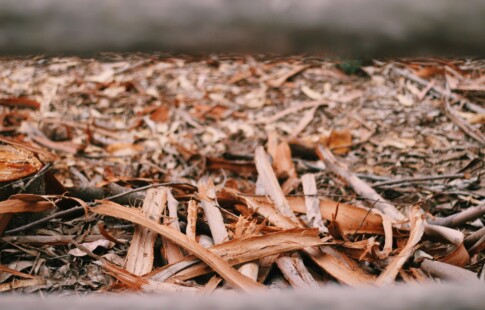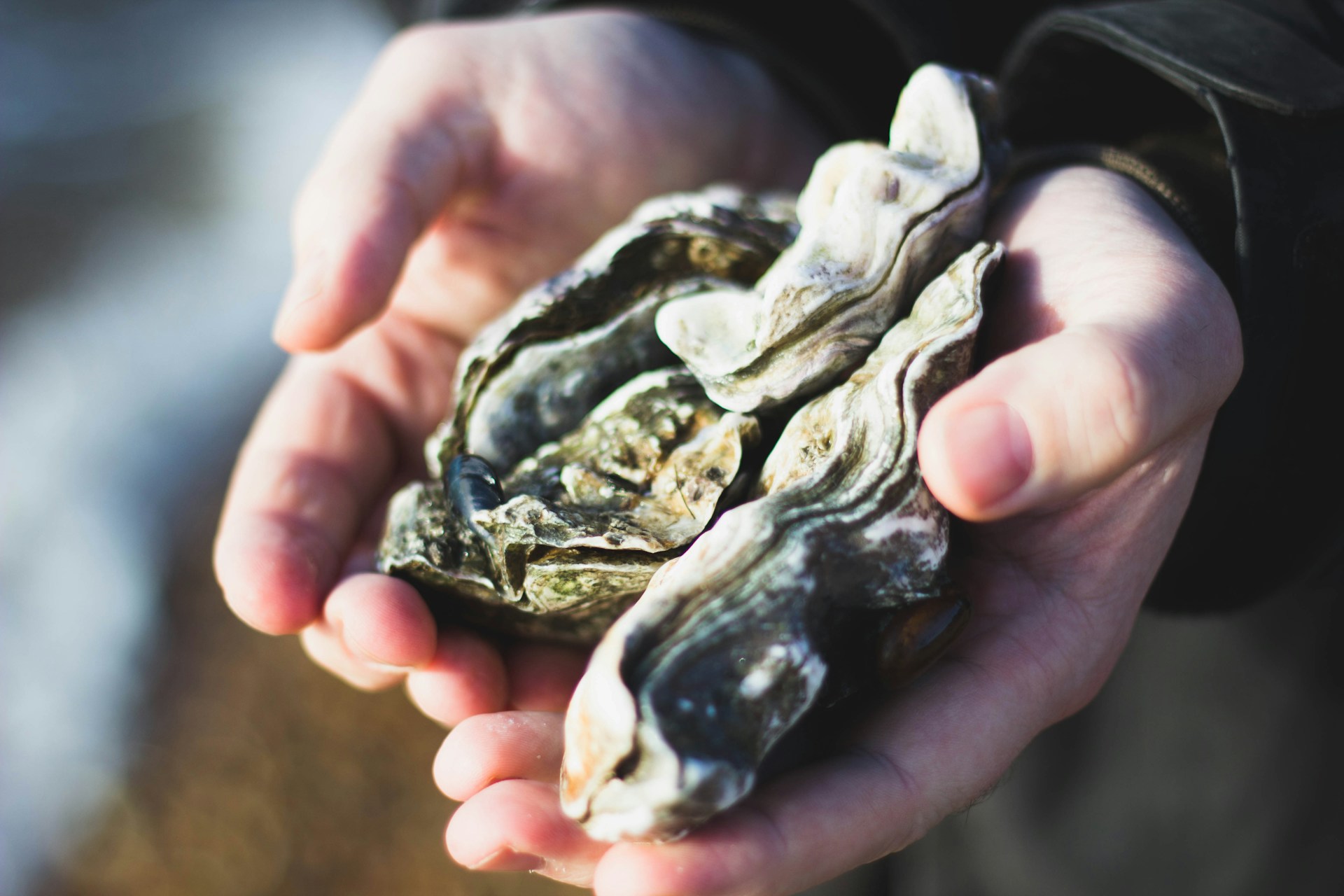
Are Oysters Sustainable? Unveiling the Truth About Your Favorite Shellfish
We are reader-supported. When you buy through links on our site, we may earn affiliate commission.
Imagine coming across a bustling oyster reef when diving into crystal-clear waters. These delicacies are a delicious appetizer at restaurants, but as their popularity increases, one might ask, “Are oysters sustainable?”
Many don’t realize it, but shellfish are ecological powerhouses, filtering gallons of water daily and helping mitigate the climate crisis. Discover the environmental importance of oysters and sustainable farming practices that create a healthy, balanced coexistence with these creatures.
The Ecological Importance of Oysters
Oysters might be small, but they are mighty, carrying tremendous value to marine ecosystems and beyond. Here are four ways oysters transform the living world.
1. Improving Water Quality
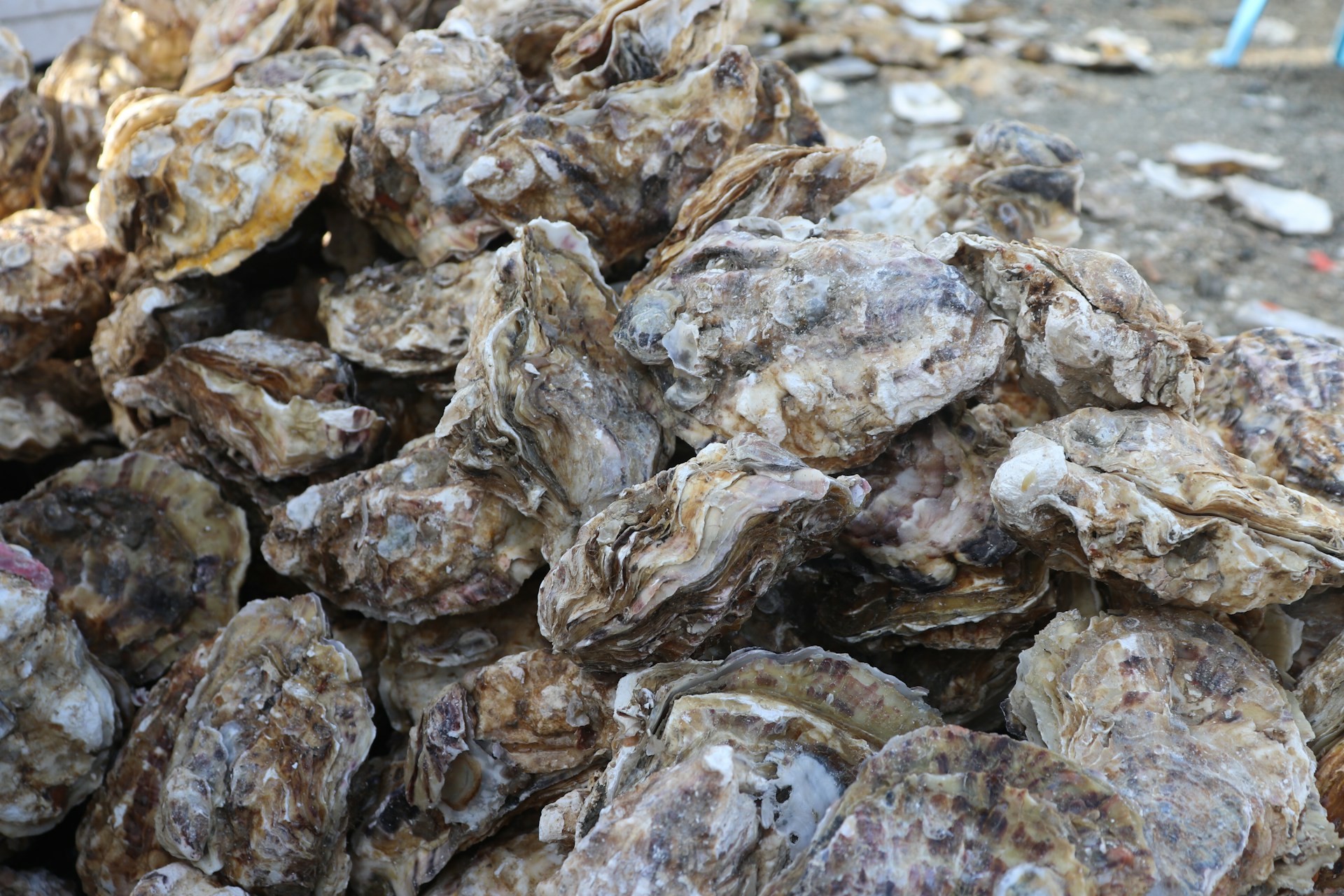
Just one oyster can filter clean 50 gallons of water a day. In the Chesapeake Bay, oysters remove large quantities of sediment and nitrogen — usually from fertilizer runoff — by absorbing it into their tissues and shells. They can also transform the pollution into small packets, which sink to the sea floor and do not cause harm.
Although nitrogen is essential for plants and animals, too much can lead to harmful algal blooms (HABs) that deplete oxygen. According to a study by the U.S. Centers for Disease Control and Prevention, 16 states — excluding Florida — reported 368 HAB events in 2021, which caused 117 and 2,715 human and animal illnesses, respectively.
2. Sequestering Carbon
Global human-induced carbon dioxide (CO2) emissions are a major contributor to global warming and the climate crisis. About 21% of CO2 emissions are derived from industrial processes.
Oysters are highly efficient at capturing CO2 in the atmosphere and storing it in their shells as they grow. In China, cultivated shellfish sequestered 6.23 megatonnes of CO2 equivalent per year from 2015 to 2019. The research also suggested that the world’s largest oyster farming scenario could capture 17.63% of global CO2 emissions.
3. Creating Habitats
Oysters prefer brackish, coastal waters where they cluster together on hard, submerged surfaces. As they mature, they form a rocky reef that provides habitat for other marine wildlife and plants.
Some animals found in an oyster reef “nursery” include anchovies, blue crab, shrimp, flounder, herring, speckled trout, and striped bass — all popular fish and shellfish in seafood cuisine.
4. Protecting Coastlines
Oysters create living shorelines to defend coasts against breakwaters and forceful storms. The reefs buffer wave energy, safeguarding vulnerable habitats like salt marshes and seagrass beds. They also secure sediments for clearer water, ensuring aquatic vegetation receives enough sunlight to flourish.
Several organizations are creating living oyster shorelines to combat the increasing threat of rising sea levels. The Billion Oyster Project in New York City has restored 150 million live oysters and recycled 2.9 million shells across 17 sites surrounding the five boroughs. The organization also engages 30,000 local students in its field projects, providing hands-on educational opportunities.
A Closer Look at Sustainable Oyster Farming Practices
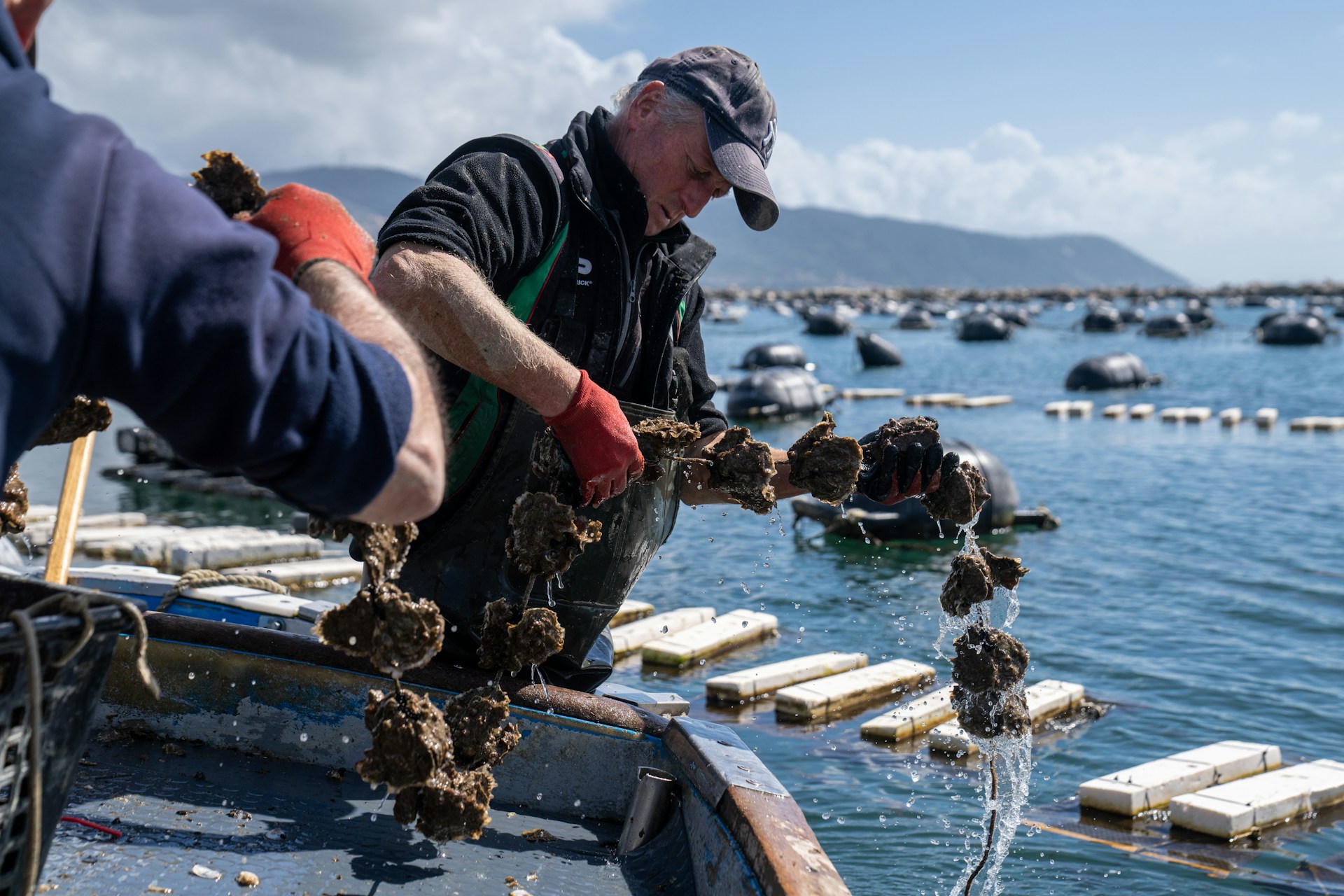
Of the 200 oyster varieties that exist, only 12 are commercially farmed — these include the European flat oyster, Japanese cupped oyster, Kumamoto oyster, Atlantic oyster, and Olympia oyster. Sustainable oyster farming practices reduce ecological impacts by utilizing suspended aquaculture methods, incorporating longlines and rafts, and limiting marine floor habitat destruction.
Three common approaches to oyster farming promote sustainability:
- Mesh bags: Oysters are raised in mesh bags, living outside the water at low tide and in the water during high tide when they feed.
- Longlines: Juvenile oysters are suspended aboveground across a longline, enabling them to grow faster than in the mud or sand.
- Off-bottom cages: Farmers raise the shellfish in cages for the premium half-shell market.
Site selection is critical to preventing aquaculture activity in vulnerable aquatic locations and ensuring quality water flow. Although a hatchery can offset pressure on wild oyster populations, farmers must maintain genetic diversity. Researchers are exploring the efficacy of integrated multitrophic aquaculture to limit waste and boost ecological balance, such as adding sea kelp crops.
The technique could also address the increasing ocean acidification caused by climate change. Acidic seawater prevents shellfish from growing and even dissolves the shells of baby oysters. This phenomenon is a result of excess CO2 from fossil fuels that gets absorbed by the ocean. Some oyster farmers are building their hatcheries indoors to give the babies a fighting chance during early development, transplanting them when they are older.
How to Protect Oysters
People do not need to live near the beach to get involved in oyster conservation. Safeguarding these creatures starts by choosing sustainable seafood. Look for the Aquaculture Stewardship Council certification when buying oysters at the store — this label guarantees responsible oyster farming practices and supports local producers who prioritize marine stewardship.
Making ecologically conscious decisions to lower your carbon footprint — like reducing transportation emissions and energy consumption — also lowers ocean acidification.
Finally, donate to organizations focused on oyster conservation and creating living shorelines. Monetary gifts help fund essential research and initiatives. Even the smallest action or dollar amount makes a difference.
Frequently Asked Questions
What Is Oyster Reef Restoration?
Oyster reef restoration entails rebuilding or improving damaged and destroyed oyster reefs. Reefs are formed using living oysters and their shells and create essential habitats for various marine species. They also protect shorelines, filter water pollutants, and sequester carbon.
Scientists introduce oyster shells to suitable surfaces, encouraging the larvae to settle and flourish. These projects can boost ecological functions within the habitats and enhance biodiversity. However, they require careful planning, long-term monitoring and collaboration with several stakeholders.
How Can You Tell if the Oysters You Are Buying Are Sustainable?
Always check for certifications like the Aquaculture Stewardship Council or Best Aquaculture Practices to ensure the oysters are sustainable. You can also ask the grocery worker in the seafood department or a restaurant manager about the oysters’ origins and farming methods.
Aim to purchase oysters from local oyster farmers to reduce transportation emissions, but research the farm online to understand its practices better.
Protecting Marine Ecosystems With Oysters
So, are oysters sustainable? They are among the most ecologically friendly species on Earth. The world should support conservation initiatives and sustainable farming practices to protect its populations and the marine environment.
Share on
Like what you read? Join other Environment.co readers!
Get the latest updates on our planet by subscribing to the Environment.co newsletter!
About the author
Grace Waters
Always inspired by the natural world around her, Grace grew up exploring tide pools and hiking mountain trails, developing a deep appreciation for biodiversity and conservation. Now, Grace works as the Senior Editor of Environment.co where she covers topics related to emerging clean technologies, zero-waste initiatives, and the intersection of environmental policy and everyday living.

